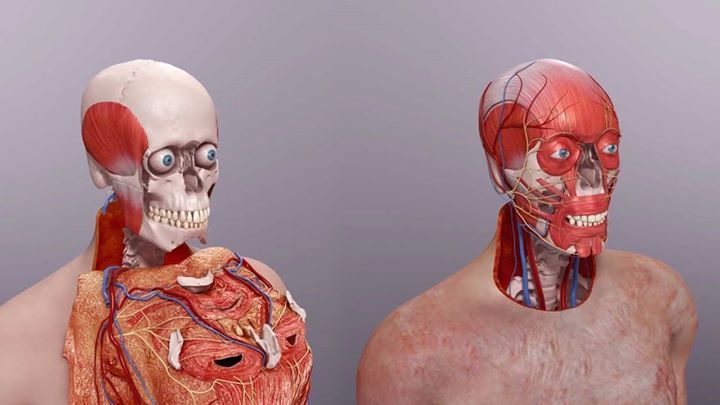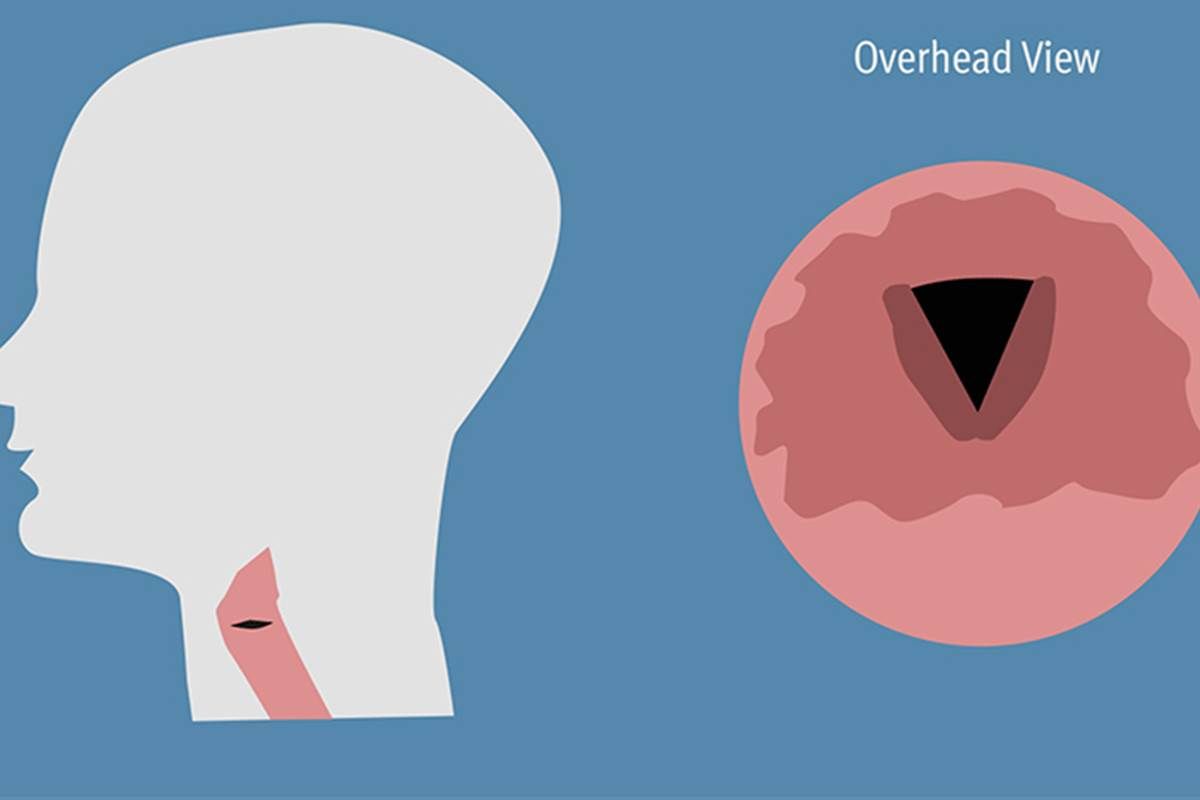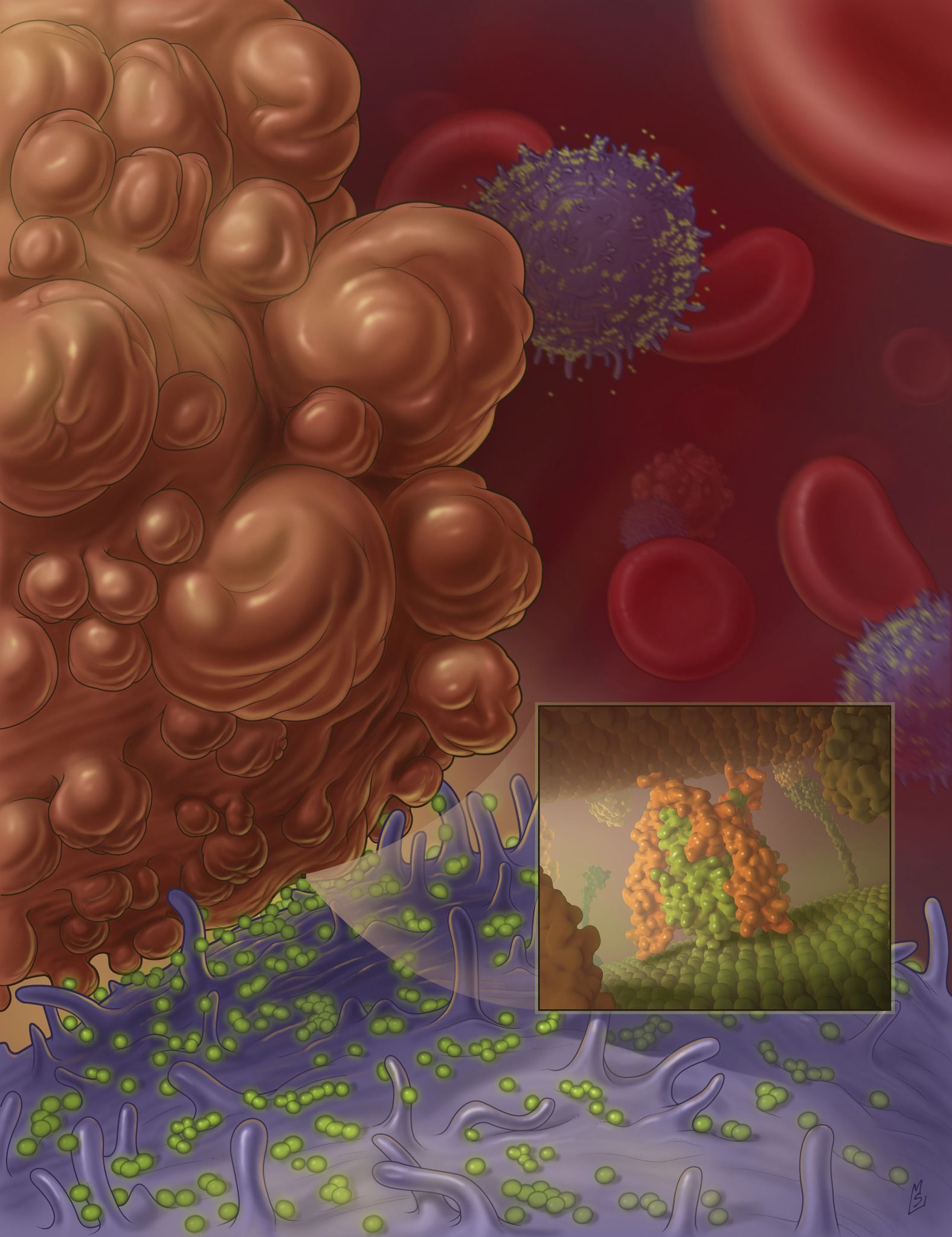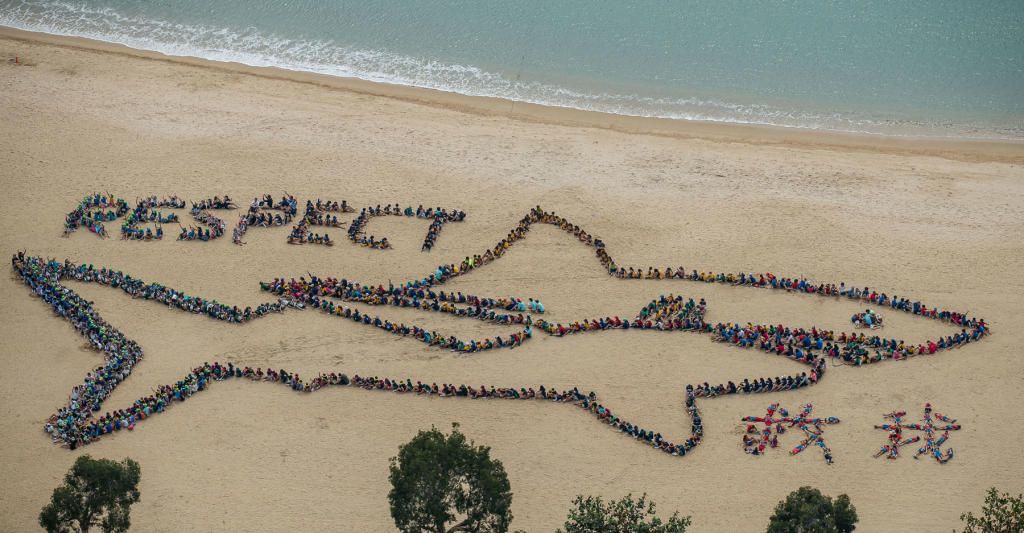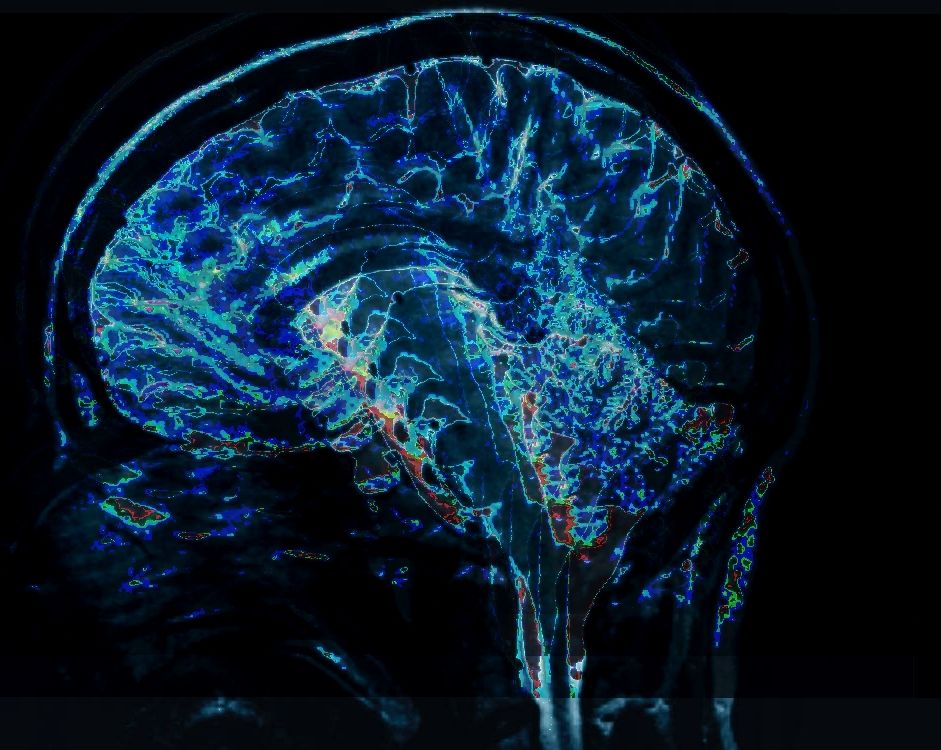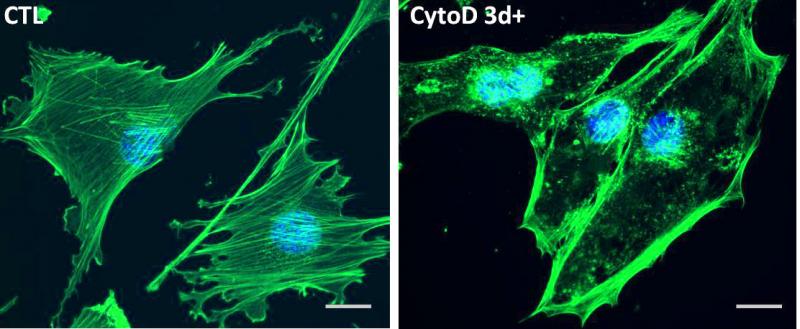Archive for the ‘biotech/medical’ category: Page 2681
Nov 18, 2015
Fresh Voices: Researchers Grow New Vocal Cords From Cells
Posted by Gerard Bain in category: biotech/medical
As many as 20 million Americans have impaired voices because of damage to the vocal cords — more precisely, vocal folds — the researchers report in the journal Science Translational Medicine. There’s no good solution for them now.
Organs for transplant are always in short supply and no one’s really tried transplanting vocal folds into a living patient, the team said. They decided to try growing new ones.
It’s not an easy thing to do. The tissue that makes up vocal folds is extremely specialized. Not just any old tissue will do the job.
Nov 18, 2015
‘Super natural killer cells’ destroy cancer in lymph nodes to halt metastasis
Posted by Sean Brazell in categories: biotech/medical, engineering, nanotechnology
Nanoscale liposomes (orange) containing TRAIL protein (green) attach to the surface of white blood cells (blue), bump into cancer cells (brown), and program them to die (credit: Cornell University)
Cornell biomedical engineers have developed specialized white blood cells they call “super natural killer cells” that seek out cancer cells in lymph nodes with only one purpose: to destroy them, halting the onset of cancer tumor cell metastasis.
“We want to see lymph-node metastasis become a thing of the past,” said Michael R. King, the Daljit S. and Elaine Sarkaria Professor of Biomedical Engineering and senior author of a paper in the journal Biomaterials.
Nov 18, 2015
Bioengineered Shark Fins Could Save 70 Million Sharks
Posted by Shailesh Prasad in categories: bioengineering, biotech/medical, food, information science, sustainability
Each year, an estimated 70 million sharks are killed for their fins. The brutal shark finning process involves cutting off a live shark’s fins and returning the debilitated animal back into the water to die a slow death. Highly valued in traditional Asian medicine and cuisine, the fins can sell for as much as $300 a pound on the black market.
What if an artificial shark fin could remove sharks from the equation completely?
New Wave Foods, a San Francisco-based sustainable seafood company, is developing a bioengineered fin product that could pull the rug out from underneath the shark trade.
Nov 17, 2015
Experimental Dementia Drug May Have Anti-Aging Effects
Posted by Robert James Powles in categories: biotech/medical, life extension, neuroscience
Researchers at the Salk Institute working on an experimental Alzheimer’s drug have discovered it may have a host of anti-aging effects too.
Building on previous work
Research had already been conducted on the drug candidate, J147, with the aim of targeting Alzheimer’s. The results showed the drug could help prevent and even regenerate; reversing memory loss and a form of inherited Alzheimer’s disease in mice subjects. While this form comprises only 1% of Alzheimer’s cases, the biggest risk factor for the remainder is old age. If you could target brain aging itself, risk factors would be significantly reduced.
Nov 17, 2015
Researchers find new way to force stem cells to become bone cells
Posted by Lily Graca in category: biotech/medical
Imagine you have a bone fracture or a hip replacement, and you need bone to form, but you heal slowly – a common fact of life for older people. Instead of forming bone, you could form fat. Researchers at the University of North Carolina School of Medicine may have found a way to tip the scale in favor of bone formation. They used cytochalasin D, a naturally occurring substance found in mold, as a proxy to alter gene expression in the nuclei of mesenchymal stem cells to force them to become osteoblasts (bone cells).
By treating stem cells – which can become fat or bone cells — with cytochalasin D– the result was clear: the stem cells became bone cells. Further, injecting a small amount of cytochalasin D into the bone marrow space of mice caused bone to form. This research, published in the journal Stem Cells, details how the scientists altered the stem cells and triggered bone growth.
“And the bone forms quickly,” said Janet Rubin, MD, senior author of the paper and professor of medicine at the UNC School of Medicine. “The data and images are so clear; you don’t have to be a bone biologist to see what cytochalasin D does in one week in a mouse.”
Nov 16, 2015
#24 AVATAR TECHNOLOGY DIGEST / Get a Virtual-Reality Punch
Posted by Shailesh Prasad in categories: 3D printing, biotech/medical, mobile phones, robotics/AI, virtual reality
![]()
Welcome to #24 Avatar Technology Digest! We provide you with the latest news on Technology, Medical Cybernetics and Artificial Intelligence the best way we can. Here are the top stories of the last week!
1) Did you know that Disney does more than shoot box office hits and sell toys to your kids? They also have a very active Research Department that specializes in a variety of applications that can be used throughout the Disney empire. And now another interesting innovation has come out of the Research Department, as they have developed a method for generating those 3D printable robots without the need for time and energy-consuming work at all.
2) Being able to identify problems with a person’s body without subjecting them to invasive procedures is the fantasy of all Star Trek doctors. There’s even a prize offering a fortune to anyone who can effectively recreate the tricorder technology out in the real world. Now, Stanford scientists think that they’ve developed a system that, in time, could be used to spot cancerous tumors from a foot away.
Continue reading “#24 AVATAR TECHNOLOGY DIGEST / Get a Virtual-Reality Punch” »
Nov 16, 2015
High-Tech Glasses Can Treat Lazy Eye
Posted by Shailesh Prasad in category: biotech/medical
That’s why researchers have developed high-tech glasses, called Amblyz, which can be programmed to treat lazy eye. The results of the first clinical trial assessing their efficacy were presented this week at the annual meeting of the American Academy of Ophthalmology.
Amblyz works because its lenses contain programmable LCDs. If a doctor suggested that a child wear a patch for two hours per day, for example, the lens over the lazy eye would go dark for a few seconds out of every 30 seconds during that time, effectively working as a patch. And since children with amblyopia often have other vision problems such as astigmatism or nearsightedness, Amblyz corrects their vision when not occluding it.

Nov 15, 2015
Leading Harvard physicist has a radical new theory for why humans exist
Posted by Andreas Matt in categories: biotech/medical, physics
Where do we come from? There are many right answers to this question, and the one you get often depends on who you ask.
For example, an astrophysicist might say that the chemical components of our bodies were first forged in the nuclear fires of stars.
On the other hand, an evolutionary biologist might look at the similarities between our DNA and that of other primates’ and conclude we evolved from apes.
Nov 15, 2015
Lost And Found: Can We Restore Forgotten Memories?
Posted by Robert James Powles in categories: biotech/medical, genetics, neuroscience
Memories are priceless, and the plight of dementia patients highlights how important they are to forming what makes us, well us. Now a new study has provided hope we may one day be able to restore lost memories.
Clearing the mist
A paper from researchers at MIT has demonstrated the reactivation of memories in amnesia patients with optogenetics — in which cell activity is controlled by bursts of light.
